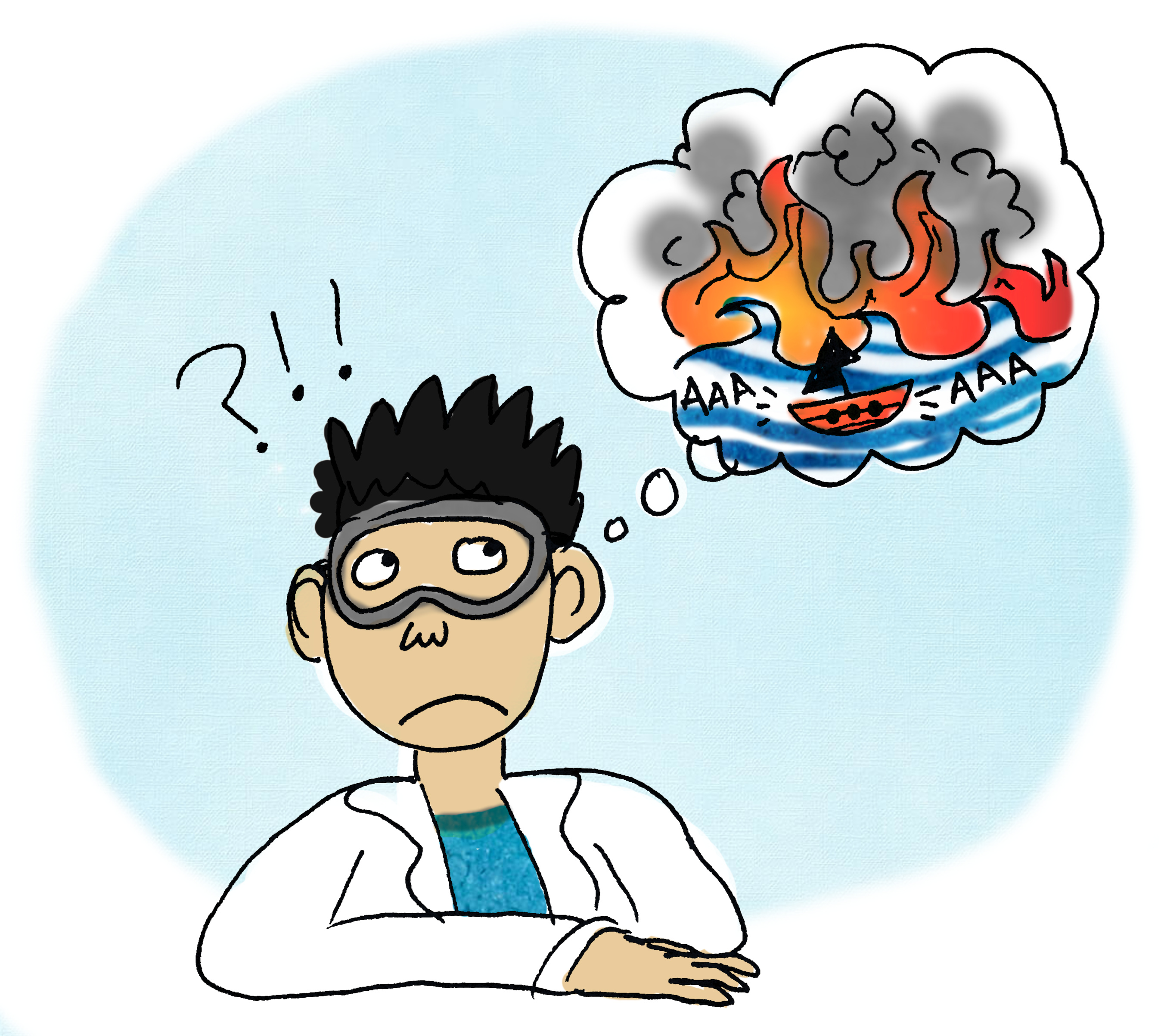American space agency NASA has stumbled upon what looks like a fire raging in the middle of the Atlantic ocean, one of the Earth’s largest bodies of water. How can this be?
NASA’s Earth Observatory received high heat readings from their thermal anomaly-detecting satellite technology over South America and the Atlantic, which was shared on their Twitter.
“Each night, the sensor was detecting several dozen thermal anomalies over the Atlantic Ocean in places that didn’t make sense,” Wilfrid Schoeder, principal investigator of Visible Infrared Imaging Radiometer Suite (VIIRS)‘s fire product, told The Weather Channel.
The VIIRS technology is connected to a satellite known as Suomi NPP. Heat gives off infrared light, or light waves of a lower frequency than the lowest in the visible spectrum, The lowest visible wave frequency is red, as opposed to ultraviolet where the frequency is higher than the highest in the visible spectrum, violet.
So, we can’t see it, but thanks to VIIRS, the satellite Suomi NPP can. Due to the coincident relationship between infrared light and heat, a high-infrared light signature would suggest high heat levels in the area they were detected.
To answer the burning question, it actually can’t be. This is not like a house or forest fire just blazing away on top of water like a Jimi Hendrix song, anyway.
SAMA is an acronym for Southern Atlantic Magnetic Anomaly which is essentially a weak point in the Earth’s magnetic field that allows extra radiation to slip through. The Sun is a massive ball of radiating heat and energy. Momentary flare-ups in the sun whereby extra radiation is projected towards Earth may be interpreted as a particularly high thermal anomaly.
Patricia Olivia, a scientist who helped develop one of the fire detection algorithms for VIIRS while working at the University of Maryland, said that this is almost certainly an instance of SAMA.
One of the areas where the Earth’s magnetic field is weakest is a few hundred kilometres off of the coast of Brazil, hence the name. It is aligned with one of Earth’s radiation-heavy Van Allen belts. I hate to smother your flames, but it’s most likely a particularly powerful torrent of solar heat torpedoed through SAMA, around the time when the reading was taken.
The sensitivity of VIIRS is finely tuned. According to Olivia, if it were less sensitive they would run an increased risk of fires being undetected. If it were more sensitive, you would see even more of these anomalies. Thus, its current sensitivity is regarded as the best detection level, since we’re lucky enough to have brilliant scientists to suss out and interpret errors in readings like this.
“In developing an algorithm like this for a global data product, we had to find a balance. If we are too aggressive with our filtering, there is a risk that we will remove real fires from the data record,” Olivia said. “I don’t think people realize that most satellite data products go through a whole battery of calibration and validation tests to address issues like this.”
This is not to say there aren’t flames in the Atlantic. In fact, the Atlantic actually does have a hot, hadal chain of volcanoes in the middle of its depths, known as the mid-Atlantic ridge.
I don’t want to digress too much, but in case you’re disappointed, you’ll be happy to know the mid-Atlantic ridge is full of these warm, mineral-rich hydrothermal vents that bring in enough heat and nutrients from the Earth’s fiery core to support their own strange communinites of life, completely independent of sunlight.




![Here’s how your favorite media platforms shape your world view without you realizing it Advertising revenue and subscriptions are the main source of income for news outlets. [Graphic by Sara Mizannojehdehi]](https://charlatan.ca/wp-content/uploads/2021/07/11BE7ADB-1CC8-46E8-ADB4-568B3C7F1265-218x150.jpeg)

